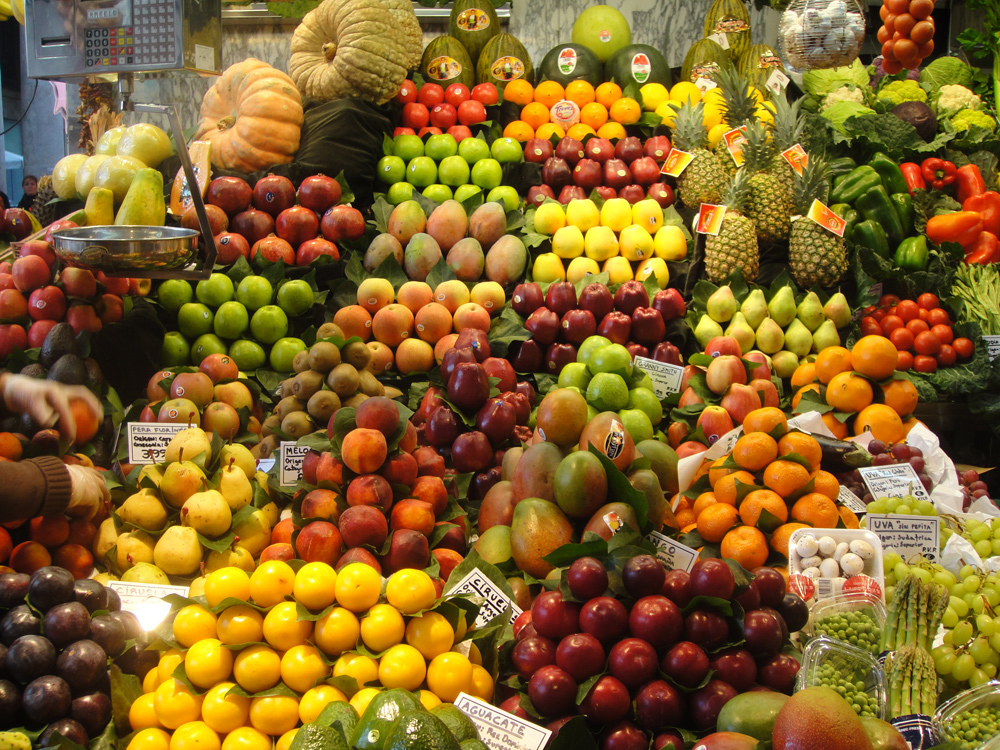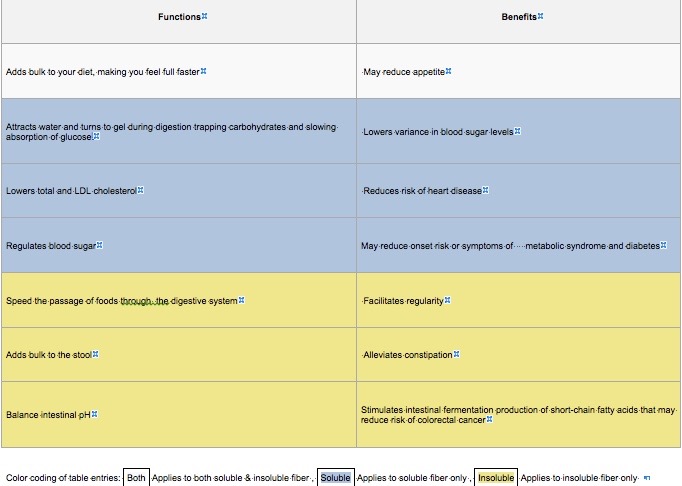
Dietary fiber-more important than ever.
I hear so much about dietary fiber, but it’s all very confusing. Can you help me out?
Yes. Dietary fiber is found in plants and we need it for a number of reasons. One, fiber helps to regulate and keep healthy the large intestines. Two, it can help regulate blood sugar which can spike when eating improper foods like sugar or simple carbohydrates. Finally, for those watching their wastelines, eating foods rich in fiber can make you feel full, thus helping to curb your appetite. While all plants contain some fiber, plants with high fiber concentrations are generally the most efficient way to insure that you get enough. There are two types of dietary fiber, soluble and insoluble. In general, the average person should consume about 25 grams of fiber per day (just make sure you get some of both the soluble and insoluble).
Some sources of soluble fiber include:
legumes (navy beans, black beans, chick peas, white beans, lentils, etc.)oats, quinoasome fruits including prune juice, plums, berries, bananas, and the insides of apples and pearscertain vegetables such as broccoli, carrots and Jerusalem artichokes, burdock rootroot vegetables such as potatoes, sweet potatoes, and onions (skins of these vegetables are sources of insoluble fiber)psyllium seed husk (a mucilage soluble fiber)
Some sources of insoluble fiber include:
whole grain foods (including wheat bran)
nuts and seedspotato skinsflax seedvegetables such as green beans, cauliflower, zucchini, celerythe skins of some fruits, including tomatoHere is a handy chart to put on your refrigerator

Another great source of information on fiber is from Medlinehttps://medlineplus.gov/dietaryfiber.html.Here, you’ll even find a link to a research paper that shows how a fiber-rich diet has shown to boost survival rates with those having colon cancer.

